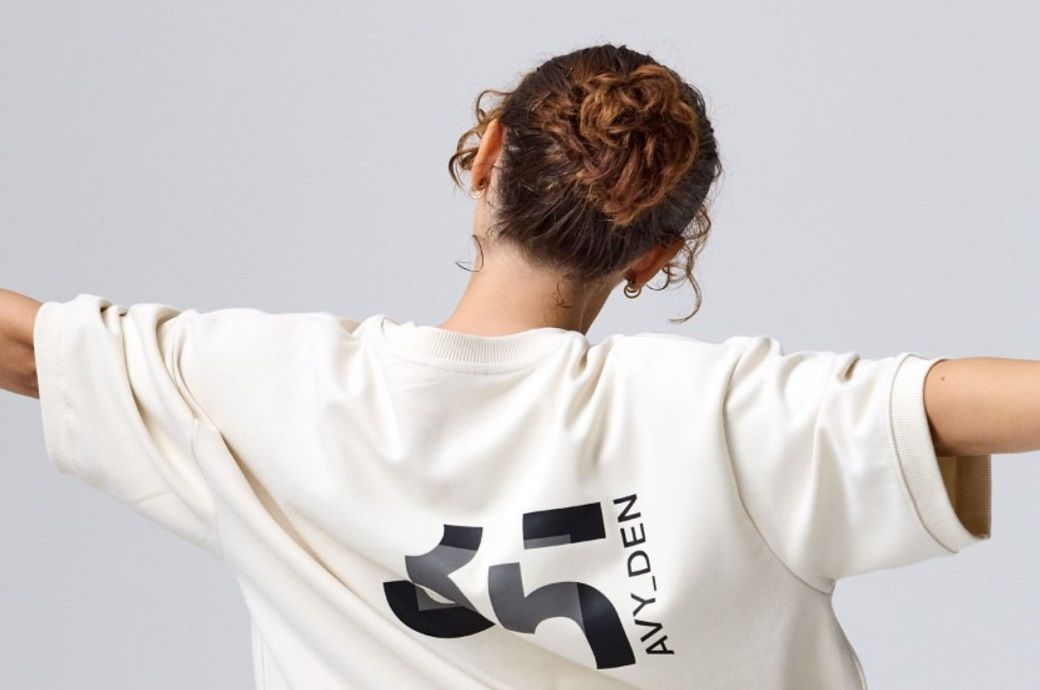
The materials group segment reported a 14 per cent decrease in sales to $1.5 billion. Excluding currency, sales were down 16 per cent and also fell 16 per cent on an organic basis. The sub-segment of label materials experienced a decline in the high-teens percentage range organically, mainly attributed to inventory destocking. However, the volume was up sequentially, indicating that the impact of inventory destocking is moderating, the company said in a media release.
Despite the decline in sales, the materials group showcased resilience in profitability, with a reported operating margin of 12.1 per cent. The adjusted EBITDA margin (non-GAAP) saw a sequential increase of 70 basis points to reach 16.4 per cent, and it was up by 90 basis points compared to the prior year.
Contrastingly, the solutions group reported a 3 per cent increase in sales, amounting to $642 million. When excluding currency, sales rose by 5 per cent and increased 1 per cent on an organic basis. Apparel solutions’ volume was up sequentially, although retailer and brand sentiment remained muted. Sales in high-value categories saw an increase in high-single digits organically, while sales in base solutions were down by mid-to-high single digits organically.
On the profitability front, the solutions group reported an operating margin of 7.9 per cent. Its adjusted EBITDA margin was 16.4 per cent, up 60 basis points sequentially and is expected to improve further in Q4. However, compared to the prior year, the adjusted EBITDA margin decreased by 250 basis points.
“Earnings per share were in line with our expectations for the third quarter, again increasing sequentially,” said Deon Stander, president and CEO. “Volume in both label materials and apparel solutions improved sequentially, continuing to recover from slow market conditions, largely inventory destocking, while our intelligent labels platform continued to accelerate adoption into new categories.”
Fibre2Fashion News Desk (DP)